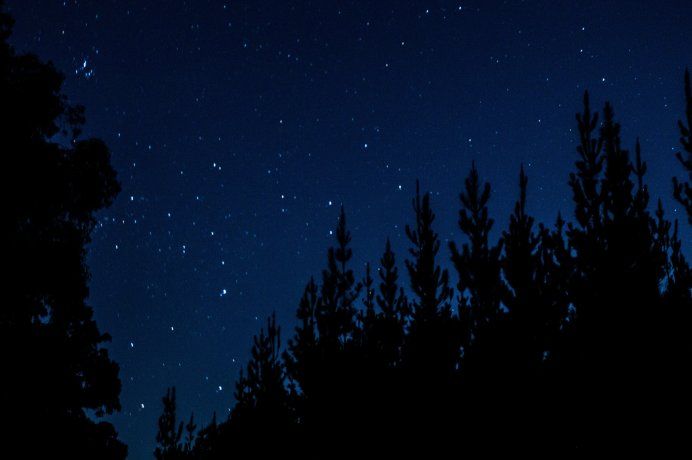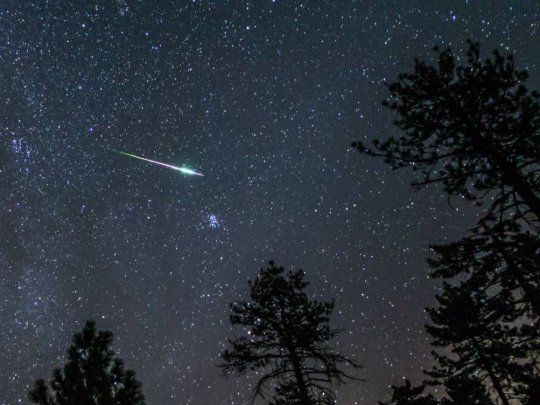The Quadrantids are the first meteor shower of the year. It can be seen from a specific hemisphere of the globe and will last a few hours.
The first meteor shower of the year is usually an important event and is known as the Quadrantids, which occurs every year at the beginning of January. Its name comes from the extinct constellation Quadrans Muralis. Know how much will happen and where it can be seen from.
The content you want to access is exclusive to subscribers.
The meteors in this shower are particularly bright and fast, with speeds of up to 41 km/h. Unlike other showers, such as the Perseids or the Geminids, the Quadrantids They have a very short peak of activity. It only lasts a few hours, which makes them difficult to observe if conditions are not optimal.


What day can you see the Quadrantid meteor shower in 2025
The maximum of the Quadrantids in 2025 is planned for the night of January 3 to 4with the greatest activity around 4:00 UTC. According to the International Meteor Organization (IMO)the ZHR (Zenith Hourly Rate) of this rain will be approximately 120 meteors per hour.
starry sky

There will be a thin waning lunar phase which will make it easier to observe.
Unsplash
This makes it one of the most intense of the year. A favorable aspect for observers is that there will be a thin waning moon phase. This means a minimum light interference, which will allow you to enjoy the star show in its maximum splendor.
Where you can see the Quadrantid meteor shower in 2025
The Quadrantid meteor shower is best visible from the northern hemisphere. Its radiant point, the place in the sky from which meteors appear to originate, It is located near the constellation of Bootes, not far from the well-known star Arcturus.
To locate this point, you have to look for the east-northeast after midnight. Meteors will appear in all directions of the sky, but they will be more frequent in areas close to the radiant.
Source: Ambito
I am an author and journalist who has worked in the entertainment industry for over a decade. I currently work as a news editor at a major news website, and my focus is on covering the latest trends in entertainment. I also write occasional pieces for other outlets, and have authored two books about the entertainment industry.




